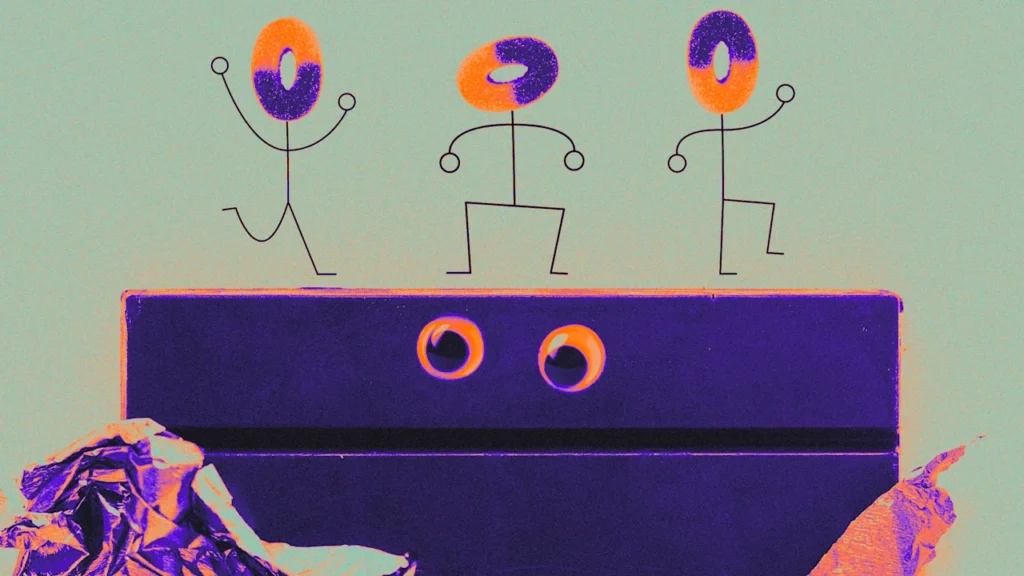
If you plan to hand out chocolate this Halloween, you might be in for more trick than treat.
The price of cocoa remains high after spiking last year – a trend that has shoppers turning away from a perennial favorite sweet treat, even on a holiday that revolves around candy.
Compared to the Halloween season last year, chocolate costs more this year and consumers are buying less of it. Overall candy prices have risen a whopping 78% since 2020, according to an analysis from consumer finance site FinanceBuzz, which tracked candy prices across four major retailers. A 100-piece bulk bag of Halloween candy costs an average of $16.39 in 2025, up from $9.19 in 2020 and $14.06 just one year ago. Those yearly price surges have regularly outpaced inflation, which is already putting shoppers in a pinch.
In its earnings call Thursday, Hershey noted holiday sales this Halloween were “disappointing” and that it planned to study pricing, pack types and its broader candy lineup “through the lens of the consumer” in light of underwhelming sales. The company, which owns candy brands like Reese’s, Kit Kat, and York, raised prices over the summer to cope with the rising cost of cocoa.
Because cocoa is a seasonal commodity, companies that rely on it lock in their prices in advance, leading to a lag time between the key ingredient’s price fluctuations and what consumers wind up paying in-store for a packaged product.
Sweet tooth alternatives
Price hikes have driven consumers away from chocolate, but they’ve turned toward sugar-forward candies as an alternative. In the run-up to Halloween this year, U.S. chocolate candy sales had already dipped by 8% compared to 2024, and that’s not including the sweets-buying rush closer to the Friday holiday, when the majority of Halloween candy is sold.
While chocolate demand softens, non-chocolate options like gummy and hard candies are getting more popular with younger consumers, according to a seasonal report from NielsenIQ.
Shoppers buying Halloween candy early broadly turned toward non-chocolate options, which outpaced their chocolate counterparts with sales up 4.5% this year through September, according to market research group Circana. In the same period, chocolate candy sales dipped by 13.7%.
Cocoa in crisis
Chocolate is more expensive now due to a complex interplay of factors, but climate-caused excessive heat and intense rains in particular have taken their toll in cocoa’s key regions, sending the commodity’s price sky high. In the U.S., persistent inflation and Trump’s chaotic trade deals have also impacted the price of imports like cocoa, which can’t be grown domestically. Last year, the price of cocoa reached historic highs, rising past $10,000 per metric ton.
Because the global appetite for chocolate hinges on a single region in Africa, cocoa is uniquely vulnerable to forces outside of farmers’ control—particularly extreme weather events that are worsening as the planet warms. The climate crisis is expected to cause accelerating agricultural losses for staple crops like corn and wheat around the globe, and cocoa is no different.
Cocoa prices leveled off some in mid-2025, but the substance that makes chocolate chocolate still costs triple what it did before 2023, leaving consumers to eat higher prices or leave the sweets on the shelf.
Even if shoppers stick it out with chocolate this Halloween, they might be getting less for more. Candy aisle faves like Mr. Goodbar, Rolo, and Almond Joy have quietly slipped into new packaging that no longer entices buyers with the promise of “milk chocolate.”
That change in verbiage is a hint that major candy companies like Hershey and Nestlé are dropping the cocoa content in some classics with new recipe “reformulations” that rely less on chocolate’s star ingredient. If your Halloween candy doesn’t taste quite as sweet this year, it might not just be because you paid more.